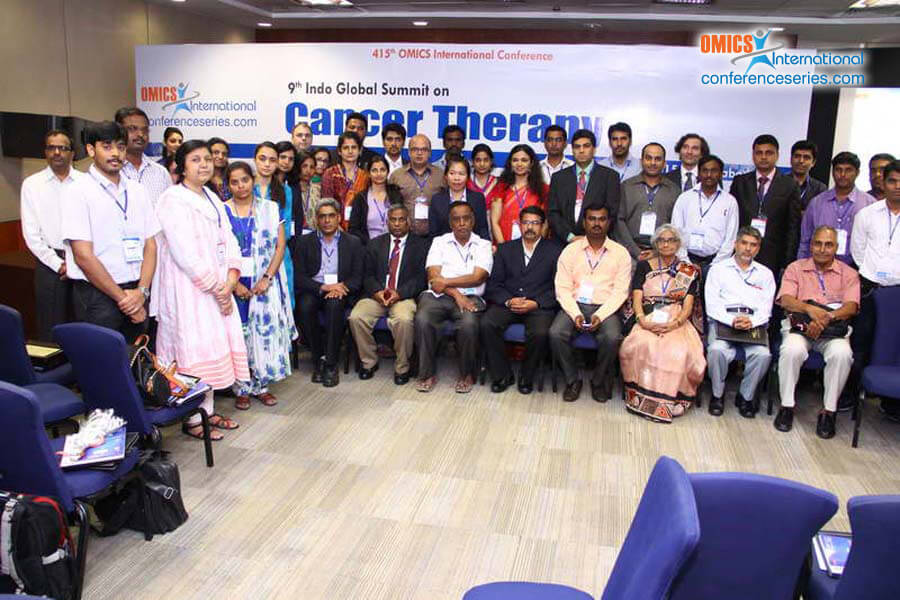
Hemant Sarin
Freelance Investigator in Translational Science and Medicine, USA
Title: Magnetic resonance imageable macromolecular probes for the diagnosis of solid malignancies and inflammatory disease states
Biography
Biography: Hemant Sarin
Abstract
The potential to characterize differences in hyperpermeability associated with diaphragm fenestrated tumor capillary neoangiogenesis, and that associated with capillariovenular inter-endothelial junction widening in non-tumor inflammation, with magnetic resonance imaging (MRI) exists. To-date, dynamic contrast-enhanced magnetic resonance imaging, has relied on the utilization of small molecule contrast agents (ie Gd-DTPA or Gd-DOTA) for the kinetic bicompartmental modeling of small molecule contrast agent wash-in (Ktrans) and wash-out (Kep) vascular parameters, of tumor hyper-permeability, in order to increase the diagnostic sensitivity of MRI to differentiate tumor type and grade. However, sequential imaging with macromolecular contrast agents, with time for washout of small molecule contrast agent, affords the added benefit of non-model-based quantitative characterization of hyper-permeability patterns, with the potential to delineate differences between contrast enhancement patterns of pathologic tumor hyper-permeability and inflammatory hyper-permeability. With the multitude of clinical safety data on FDA-approved Gd-DTPA based macromolecular contrast agents (Gadomer-17; ~4 nm) and pre-clinical animal data on larger macromolecular dendritic nanoparticle-based contrast agents with diameters in the 6 to 14 nanometer-size range, and improved specificity to discriminate physiologic hyper-permeability (i.e. muscle) from pathologic hyperpermeability, will be more sensitive for discrimination between pathologic tumor hyper-permeability and inflammatory hyper-permeability and useful towards the accurate non-invasive diagnosis of disease states of pathologic hyperpermeability. In this didactic discussion, the current state of the knowledge on MR imageable dendritic nanoparticle-based macromolecular probes will be presented, and the future perspective offered.


